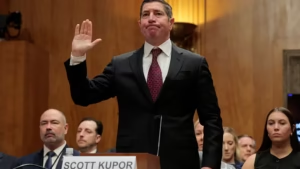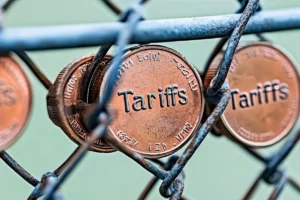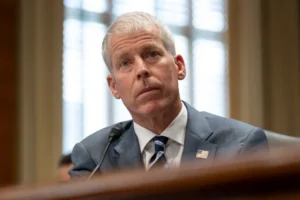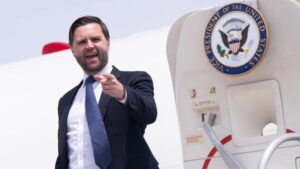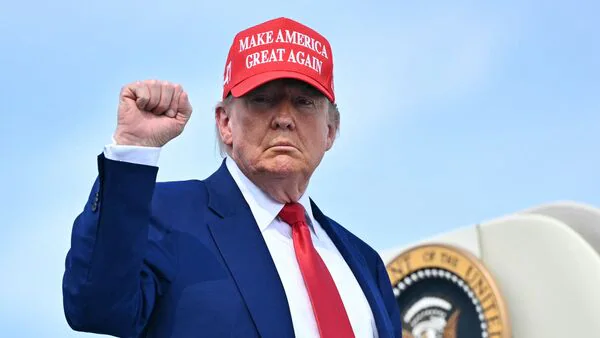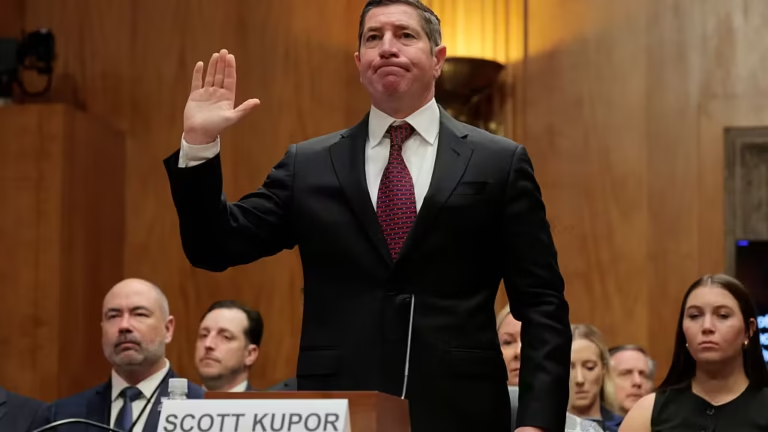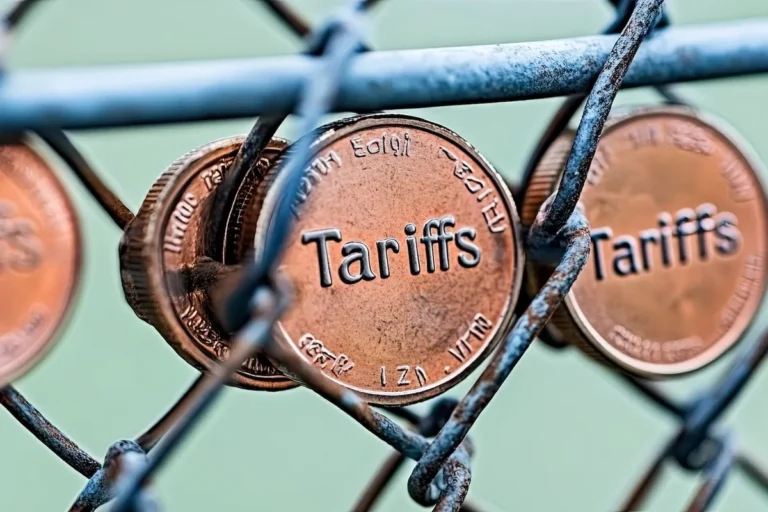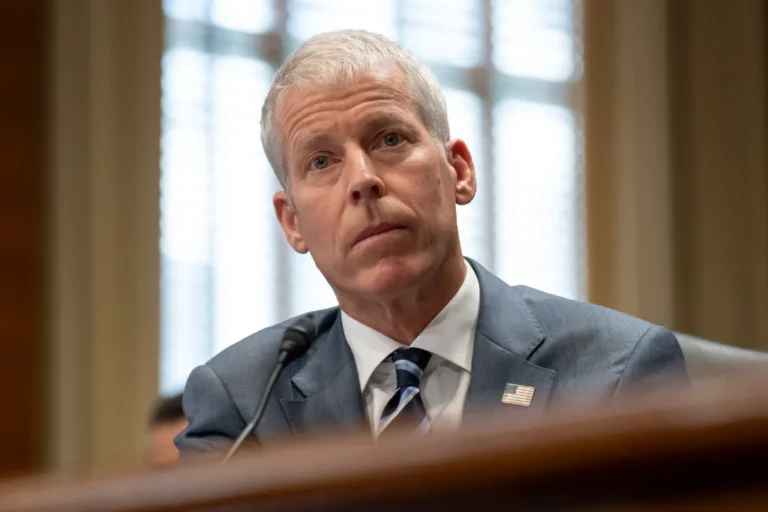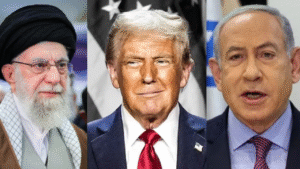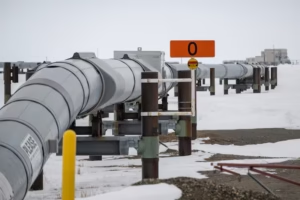Ceasefire Declared After U.S. Strikes Iran’s Nuclear Sites
Trump Announces Israel-Iran Ceasefire, President Donald Trump shocked the world on Monday by announcing a “Complete and Total CEASEFIRE” between Israel and Iran. Just days earlier, he had ordered massive U.S. airstrikes on Iranian nuclear facilities. Now, Trump claims that the pressure worked — pushing Tehran back to the negotiating table.
However, key questions remain unanswered. With no clear terms disclosed and both sides offering conflicting statements, analysts remain skeptical that the ceasefire will hold.
A Shadow War Turned Hot
The conflict between Iran and Israel had escalated into open warfare, with both countries exchanging missile attacks over a 12-day period. The violence peaked with the U.S. dropping 30,000-pound bunker-buster bombs on Iran’s underground nuclear sites — a dramatic departure from Trump’s earlier promise to avoid foreign entanglements.
Trump, flanked by top aides, declared the bombing a strategic success. Still, Iran downplayed the damage and launched missiles at a U.S. air base in Qatar in response. Though no casualties were reported, the attack raised concerns of further escalation.
Confusion Over Ceasefire Terms
Trump’s announcement came without details. Iran’s foreign minister, Abbas Araqchi, stated that no ceasefire would be honored unless Israel halted its strikes. Meanwhile, Israeli officials confirmed missile attacks from Iran continued even after the ceasefire was declared.
Despite this, a White House official claimed Iran had agreed to stop further aggression, while Israel would pause operations as long as Iran didn’t strike again. Trump personally spoke with Israeli Prime Minister Benjamin Netanyahu, and U.S. officials credited Qatar with helping broker indirect communications with Tehran.

Strategic Calculations Behind the Scenes
Jonathan Panikoff, a former U.S. intelligence officer, suggested Iran saw the ceasefire as an “off-ramp” after sustaining severe damage. Israeli military operations reportedly achieved most of their objectives, including strikes on nuclear and military targets and assassinations of high-level Iranian commanders.
Iran, described by U.S. officials as in a “weakened state,” may have accepted the deal to prevent further destruction. Trump, who had previously flirted with the idea of “regime change,” used the crisis to showcase what his administration calls “peace through strength.”
A Political Gamble with High Stakes
Trump’s airstrikes marked his most aggressive foreign policy move yet — a direct contradiction to his 2020 campaign promise of non-intervention. His gamble now is that the ceasefire will quiet criticism from Democrats and the isolationist wing of his MAGA base.
Vice President JD Vance and Secretary of State Marco Rubio have publicly defended the action, insisting Trump remains committed to avoiding war. However, if the ceasefire collapses, Trump may face serious political backlash at home.
What Comes Next for Iran’s Nuclear Program?
Even with the ceasefire declared, crucial issues remain unresolved. Iran’s highly enriched uranium stockpile is still a concern. It is unclear how much of Iran’s nuclear infrastructure survived the bombing or if Tehran will return to nuclear talks with the U.S.
Former Middle East envoy Dennis Ross noted that while the ceasefire may hold temporarily, “negotiations won’t be easy.” Iran’s ballistic missile program, its enrichment sites, and regional influence remain flashpoints for future conflict.
A Fragile Peace or Just a Pause?
While Trump and his supporters celebrate the ceasefire as a foreign policy win, the reality is more complex. Without mutual trust, clear terms, or enforcement mechanisms, the ceasefire may only be a pause in an ongoing and dangerous conflict.
Both Iran and Israel remain armed, alert, and ready to act. Whether this deal leads to real diplomacy or opens the door to renewed fighting is still unclear. For now, the world watches — waiting to see if Trump’s biggest gamble will hold.
For more latest news checkout our website: usnewsinsight

